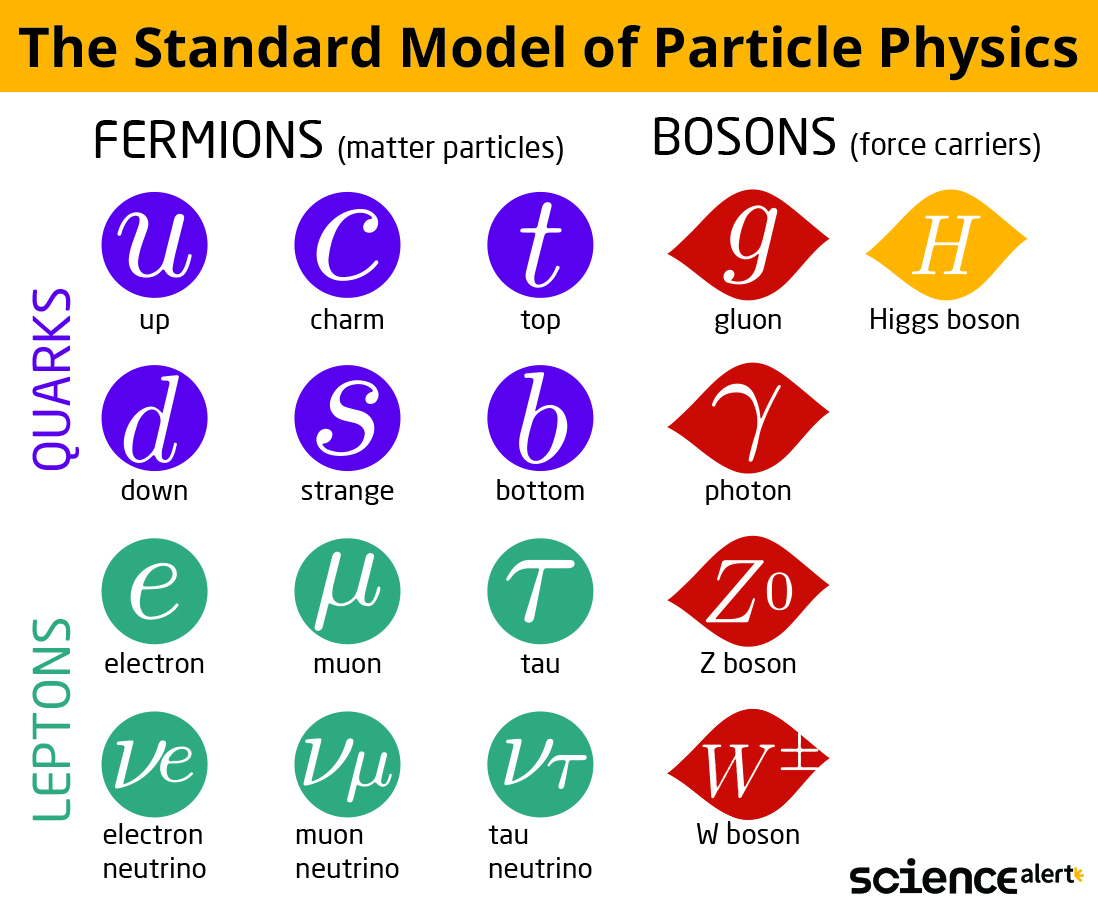In the cold, dense medium of a helium-3 superfluid, scientists recently made an unexpected discovery. A foreign object travelling through the medium could exceed a critical speed limit without breaking the fragile superfluid itself.
As this contradicts our understanding of superfluidity, it presented quite a puzzle - but now, by recreating and studying the phenomenon, physicists have figured out how it happens. Particles in the superfluid stick to the object, shielding it from interacting with the bulk superfluid, thus preventing the superfluid's breakdown.
"Superfluid helium-3 feels like a vacuum to a rod moving through it, although it is a relatively dense liquid. There is no resistance, none at all," said physicist Samuli Autti of Lancaster University in the UK. "I find this very intriguing."
Superfluids are a type of fluid that has zero viscosity and zero friction, and therefore flows without losing kinetic energy. They can be made relatively easily from bosons of the helium-4 isotope, which, when cooled to just above absolute zero, slow down enough to overlap and form a high-density cluster of atoms that act as one 'super-atom'.
These 'super-atoms' form just one type of superfluid, though. Another is based on the boson's sibling, the fermion. Fermions are particles that include atomic building blocks like electrons and quarks.

When cooled below a certain temperature, fermions become bound together in what are called Cooper pairs, each made up of two fermions that together form a composite boson. These Cooper pairs behave exactly like bosons, and can thus form a superfluid.
The team created their fermionic superfluid out of helium-3, a rare isotope of helium missing one neutron. When cooled to one ten thousandth of a degree above absolute zero (0.0001 Kelvin, or -273.15 degrees Celsius/-459.67 degrees Fahrenheit), helium-3 forms Cooper pairs.
These superfluids are fairly fragile, and the Cooper pairs can break apart if an object moves through it above a certain velocity, called the critical Landau velocity.
And yet, in a 2016 paper, researchers from Lancaster University found that a wire rod moving through a helium-3 superfluid could exceed this velocity without breaking the pairs.
In their follow-up experiments, they measured the force required to move the wire rod through the superfluid. They measured an extremely small force when the wire started moving, but once it was moving, the force required to keep going was zero - just give it a nudge and off it goes.
The team concluded that the initial force comes from the Cooper pairs moving around a little to accommodate the motion, exerting that small starting force on the wire rod. But, after that, the wire can move freely, essentially camouflaged in a coat of Cooper pairs.
"By making the rod change its direction of motion we were able to conclude that the rod will be hidden from the superfluid by the bound particles covering it, even when its speed is very high," said physicist Ash Jennings of Lancaster University.
This new finding could have some interesting implications.
Fermionic superfluids can be used to create superconductors, which in turn are under investigation as a critical component of quantum computers. Knowing more about how and why superfluids behave the way they do is likely to only bring us closer to that goal.
The research has been published in Nature Communications.
#Physics | https://sciencespies.com/physics/theres-no-speed-limit-in-a-superfluid-universe-now-we-know-why/
No comments:
Post a Comment